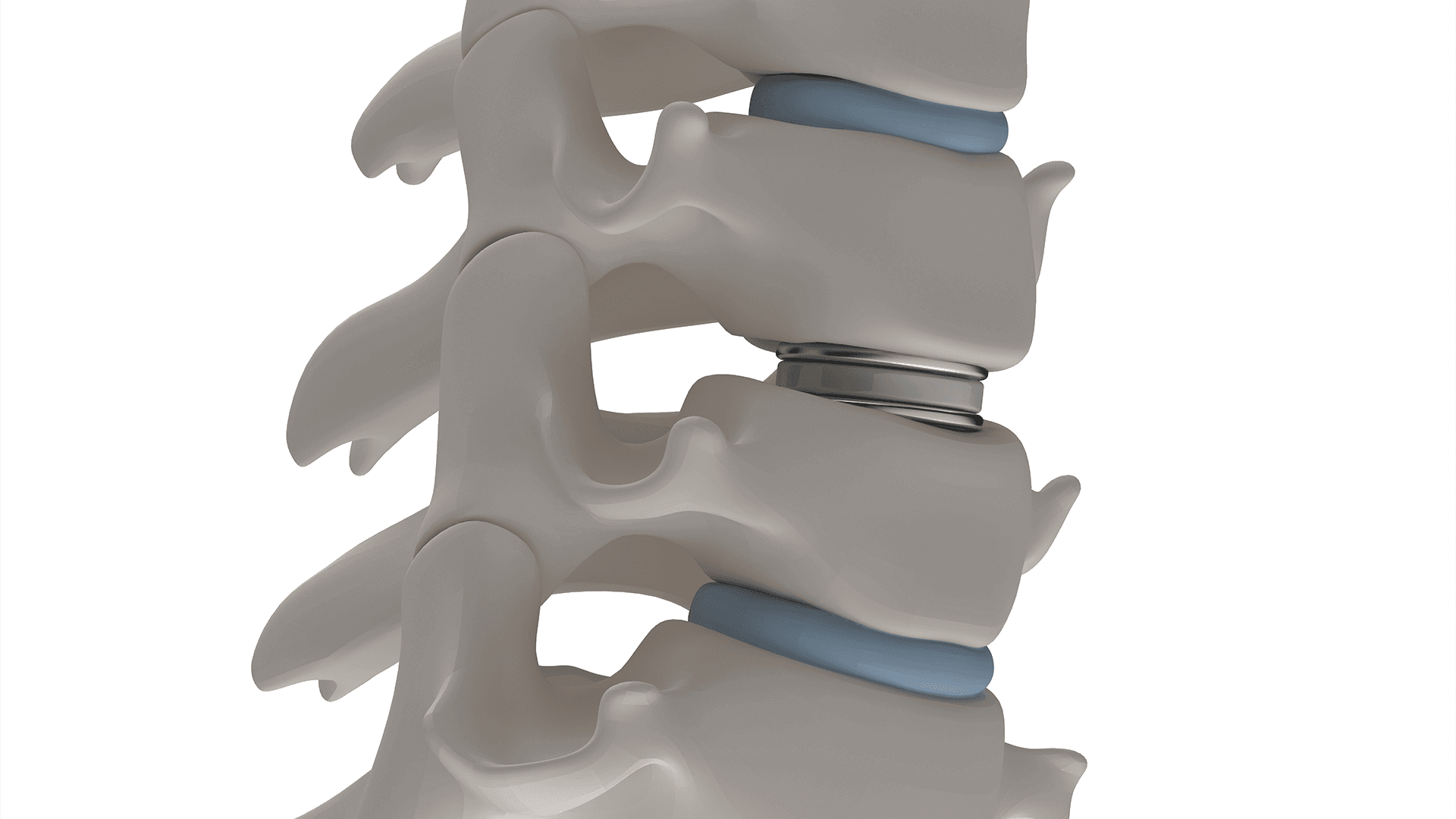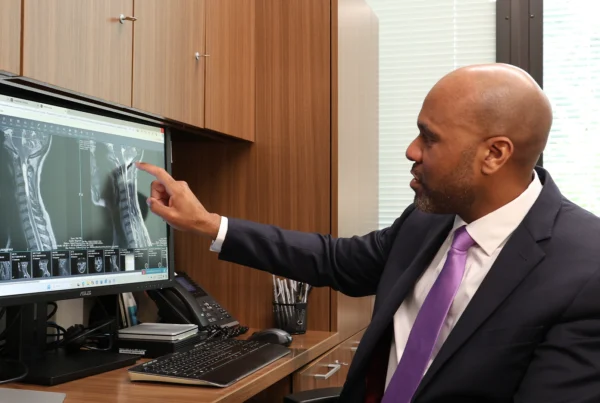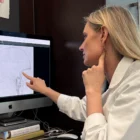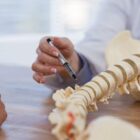Cervical artificial disc replacement is a surgery that allows an excellent removal of herniated discs and bone spurs that compress the spinal cord and nerves in your neck all while preserving motion.
Cervical Artificial Disc Replacement vs. Neck Fusion Surgery
The spine is a column of bones called vertebrae, which support your body. In between the vertebrae, there are spongy tissues called discs, where they act to cushion your spine. They also bend and flex to provide motion to your spine. Nearly all Americans will experience neck pain at some point in their lives, and as we get older, we accumulate wear and tear on our bodies. This leads to degeneration or breaking down, of those discs which can cause them to bulge or herniate. It can also lead to bone spurs around the spine.
What are Some of the Risk Factors?
There are various medical conditions that can make someone more prone to developing degenerative disc disease.
This condition can lead to severe neck pain, compression of the spinal cord, and nerve roots that run behind, and in between your discs. This can eventually result in radiating arm pain, numbness and tingling in the arms, as well as clumsiness in the hands and feet. The more severe symptoms will typically prompt you to seek medical advice from a specialist.
In many instances, this issue can be treated non-operatively with conservative treatments such as physical therapy and anti-inflammatory medications.
In severe cases, where there is severe pressure on the spinal cord and nerves, patients can relieve the pressure and restore normal neurologic function surgically.
What Options Do you Have to Relieve the Pressure?
A common way to relieve the pressure on the spinal cord and nerves is to remove the herniated or degenerated disc, which is causing the compression. Often, the disc is replaced with a plug of bone or a metal cage. Your body then heals over the cage, and the bones are fixed together, which is known as fusion surgery. Fusion surgery for spinal cord compression has been well studied and has proven to be very effective at relieving pain and restoring function. However, as with any surgery, there are some risks that you have to consider. After a spinal fusion, there is some small loss of motion in your neck at the segment which is fused.
We have learned through studies that people who have fusion surgery may require additional surgery in the future. This is due to the discs that are above and below the bones that are fused, tend to wear out.
Are There Any Other Successful Technicques?
There is a newer technique called cervical disc arthroplasty, which aims to improve on an already very successful technique. In cervical disc arthroplasty, the diseased disc is removed and the spine is decompressed, just like in fusion surgery. However, instead of fixing the bone in place, an artificial disc is inserted. These implants are made of similar materials to hip and knee replacements and are designed to preserve motion.
Studies on cervical disc arthroplasty are very promising, and many patients are able to return to a healthy, active lifestyle, with the added benefit of more normal motion and likely a reduction in the amount of wear and tear on the other discs.
Who is A Good Candidate for Cervical Artificial Disc Replacement?
- The ideal age range would be anywhere from 18-55 years old.
- You should be physically active.
- The focal disease should be one or two areas in your neck that are affected
- You should have relatively mild arthritis
Would you Like More Information About This Surgery?
Are you suffering from degenerative disc disease or pinched nerves in your spine? Get in touch with one of our experts to see if cervical disc arthroplasty is right for you at, 551-284-3265. We’re looking forward to hearing from you!
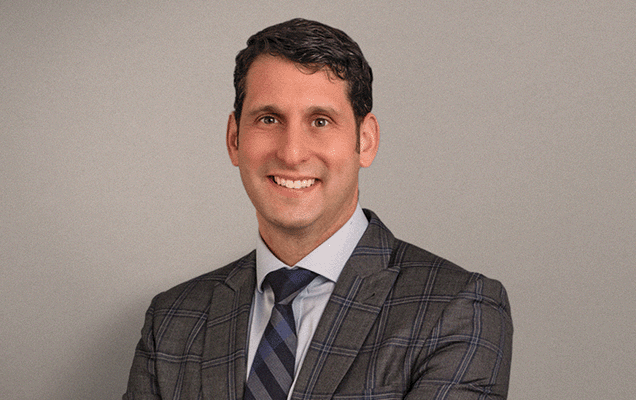
About Dr. Seth Grossman
Dr. Seth Grossman is a board-certified, fellowship-trained orthopaedic spine surgeon. He has been involved in clinical research throughout his medical training and has been published in several peer-reviewed journals. Dr. Grossman prides himself on first exhausting all non-surgical treatment options. When surgery is necessary, he employs surgical techniques that will achieve the best results for his patients while causing the least amount of pain and allowing the fastest recovery possible. He is passionate about combining medicine and technology. He specializes in robotically assisted spine surgery, disc replacement surgery, and minimally invasive techniques for both spinal decompression and spinal fusion surgery.
Please call today to schedule a consultation with me.
(551)284-3265
Request a consultation with Dr. Grossman

